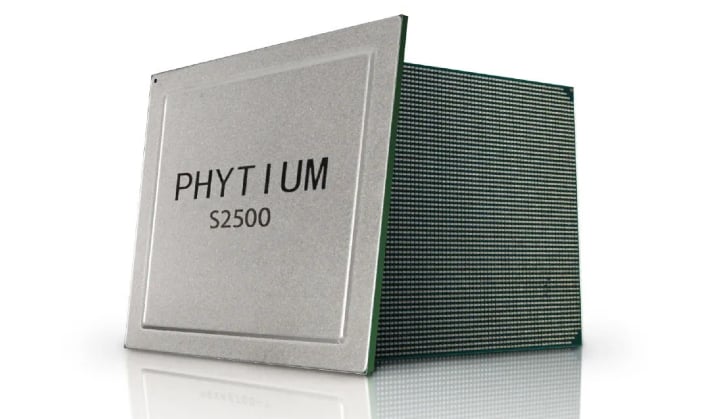Intel Exec Says A Processor Rival Could Emerge In China Within 3-5 Years

Intel has been very vocal about increasing its chip manufacturing footprint in both the US and Europe since the pandemic caused a massive chip shortage. Most recently, the company announced that it committing up to 80 billion euros (about $88 billion US dollars) over the next decade to boost its chip manufacturing production in the European Union. And just a couple of months ago, Intel also announced its plans to build a mega site in Ohio. Moves like these are intended to help the company "build a more resilient supply chain and ensure reliable access to advanced semiconductors for years to come," according to Intel CEO, Pat Gelsinger.
"So far there has not been any local companies that are able to deal a substantial threat to Intel," stated Rui Wang, SVP of Intel and Chair of Intel in China. "But in 3-5 years, it will become clear that local companies will emerge as strong rivals." Wang defended Intel's place of being China's primary source of CPUs by adding, "Intel won't be polite, and will exert its power to compete fairly."
While Wang did not name any of the companies, there are three possibilities with a presence in China at the moment that could provide Intel with a challenge in the near future. The first is Shanghai Zhaoxin Semiconductor and Hygon, which utilizes the X86 core licensing model. The second is Huawei's HiSilicon Kunpeng CPU and Phytium Technology, which use the Arm instruction set architecture licensing and self-designed CPU cores. The third is Loongson and Sunway Microelectronic, which develops its own instruction set architecture and IP cores.

It should be no surprise the China is seeking to bolster its own chip manufacturing presence in its own country. The pandemic hit pretty much every company and all countries when it came to chip production and availability. It showed many countries the need to be more self-sustaining in the future. The current rise in gas prices due to the ongoing war in Ukraine is yet another reminder of that need for self sustainability.
The next three to five years could prove interesting for not only Intel when it comes to China's ability to produce chips, but also to how new emerging competitors in the realm of CPUs could affect other companies like AMD as well. As they say, competition drives innovation. Hopefully it will be a win for consumers, as old companies seek to be more proactive and new companies attempt to make their place in the market.

